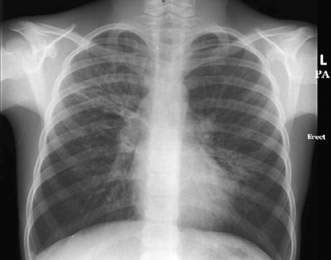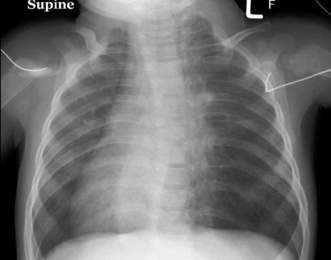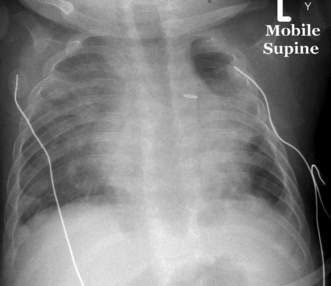14.4 Wheezing disorders other than asthma
Causes of non-asthmatic wheeze in infancy and preschool children
Infections
The common viruses that can infect the respiratory tract of infants and preschool children are respiratory syncytial virus (RSV), metapneumovirus, influenza, parainfluenza and rhinovirus. Children with acute bronchiolitis may present with a short history of coryza, cough and wheeze, together with tachypnoea and a mild fever. On auscultation, coarse crackles are a more common finding than wheeze. See Chapter 14.5 for a detailed review of this topic.
Cystic fibrosis
Cystic fibrosis (CF) is a cause of chronic suppurative lung disease with an estimated carrier rate of 1 in 20 in the Caucasian population and an incidence of 1 in 2500 live births. More than 1700 genes are associated with CF. Although newborn screening is now widely performed, a small proportion of infants may fail to be diagnosed if they have uncommon mutations. If symptoms of failure to thrive, recurrent chest infections, cough and wheeze are noted, the clinician should consider CF as a diagnosis. If the child has associated pancreatic insufficiency, steatorrhoea may be present. Chest radiographs may be normal or demonstrate upper lobe bronchiectasis (Fig. 14.4.1). A sweat test may aid in making the diagnosis and should be performed after consultation with a paediatrician.
Non-cystic fibrosis suppurative lung disease
Recurrent wheeze can be a presenting feature in children with other non-CF causes of suppurative lung disease. Causes of generalized wheeze and crackles would include underlying immune deficiency such as X-linked hypogammaglobulinaemia and immotile cilia syndrome. The latter, also called primary ciliary dyskinesia, is due to absent or abnormally functioning cilia that line the respiratory tract. Children with this condition typically have other upper airway manifestations such as recurrent middle ear infections and sinusitis. In approximately half the children with primary ciliary dyskinesia, there is associated dextrocardia. This constellation is referred to as Kartagener syndrome (Fig. 14.4.2). Management is aimed at achieving good airway clearance with physiotherapy and antibiotics to treat infective exacerbations.
Aspiration pneumonia
Aspiration pneumonia could occur from below the diaphragm due to gastro-oesophageal reflux of gastric contents. It can also occur if a child has a discoordinate oral swallow and aspirates non-particulate matter. The latter presentation is more common in children with neurological impairment. Figure 14.4.3 depicts a child with chronic aspiration who, due to a poor swallowing coordination, had no oral intake and was fed via a gastrostomy button. Underlying anatomical abnormalities such as a tracheo-oesophageal fistula may result in aspiration pneumonia. Clinical presentations may vary, and recurrent wheeze may be a feature. Bronchoscopy, barium studies, pH studies and milk scans may all be needed to confirm this diagnosis, as each of these investigative tools has limitations when used in isolation.
Stay updated, free articles. Join our Telegram channel

Full access? Get Clinical Tree





